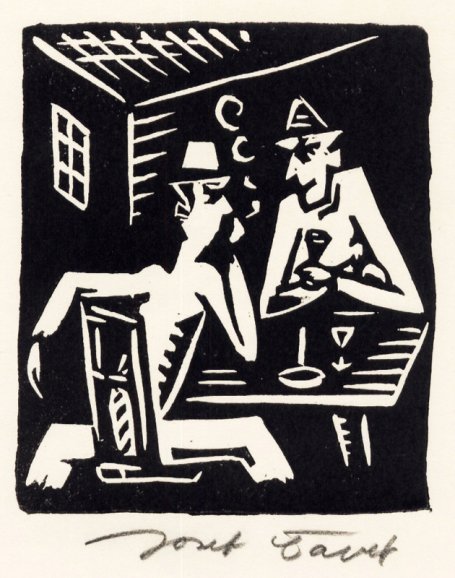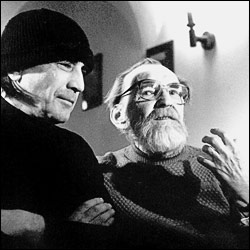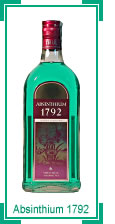Josef Čapek (1887 -1945) is a name that every Czech knows for his beautiful illustrations. Like Josef Lada he presents a charming naive beauty to his most famous playful illustrations. The above lithograph – The Absinthe Drinkers- is obviously Cubist and dates to the period of the First Republic. Josef Čapek invented the term “robot” – see http://capek.misto.cz/english/robot.html
The photograph below shows Josef in the centre with his brother Karel and Olga Scheinpflugova. Karel, who is considered to be one of the most important Czech writers of the 20th Century, was a Czech nationalist and a critic of fascism. Karel died in December 1938, before the Gestapo could get to him. Josef was arrested after the Nazi criminals came to Prague and his life ended, along with so many others, at Bergen-Belsen concentration camp.
For more information on Karel and Josef Čapek please visit http://capek.misto.cz
























